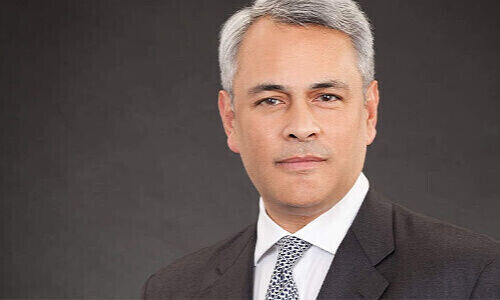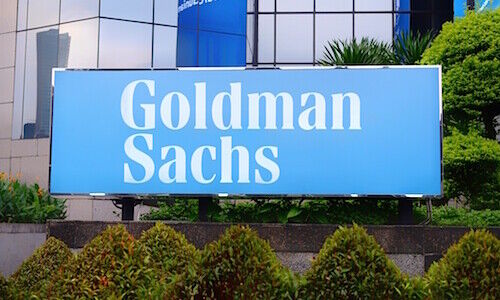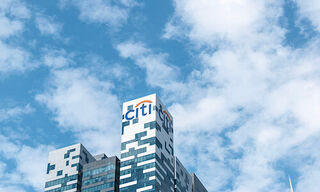John Woods: «Strong Gains in the Second Half Are Unlikely»
There is a low probability for strong equity returns in the second half of 2024 due to historical trends, stretched valuations and election uncertainty, according to Lombard Odier’s Asia chief investment officer John Woods.
According to Lombard Odier’s Asia chief investment officer John Woods, one of the most common questions that clients in the region are asking is about the outlook for equities in light of economic challenges. He believes that the second half of 2024 is likely to generate softer returns of mid to low single digits.
«Understandably after some 15 years of dominance, clients still believe in equities but they are concerned about the potential deceleration in growth,» Woods said during a recent media briefing attended by finews.asia.
Post-Hike Performance
One of the reasons the bank is moderating its expectations for equity returns is due to historical performance since 1963 following an interest rate hike by the US Federal Reserve.
«In this six-month, 12-month period, you’ll find the S&P even in a soft-landing scenario trading somewhat flat,» Woods said. «That is an important observation that I believe will play through in the next half of the year.»
Stretched Valuations
On valuations, Woods also noted that the S&P 500 is currently trading at a price-to-earnings ratio of 22 times, which is significantly higher than the most common ratio since 1990 of 14 times.
«We got to 25 times back around the dot-com boom. We are still reasonably stretched in terms of valuations,» he explained. «This is a function of popularity. Typically when the market is on fire, where it is being bid by investors […] a limited supply and unlimited demand pushes up prices but also pushes up valuations. And to be fair, this is likely to endure.»
Election Risk
Finally, Woods highlighted political uncertainty as another factor that could limit the upside in equity markets. Based on historical data since 1976, the S&P 500 averaged returns of around 5 to 6 percent during an election year.
«In an election year, markets tend not to aggressively outperform. Investors seem to keep their powder dry, they tend not to swing the bat and tend to hedge their bets,» Woods said. «Strong gains in the second half are unlikely.»
Overall Outlook
Overall, the bank is neutral on equities with an overweight position on the US. It is overweight on fixed income with the greatest preference in government bonds as it expects benefits from a peak in rates as inflation eventually slows.
«Back in the day, it used to be very much a 60/40 allocation. Actually, right now, we prefer much more of a 45/45/10 percent allocation with the final 10 percent directed towards commodities,» Woods added.




























